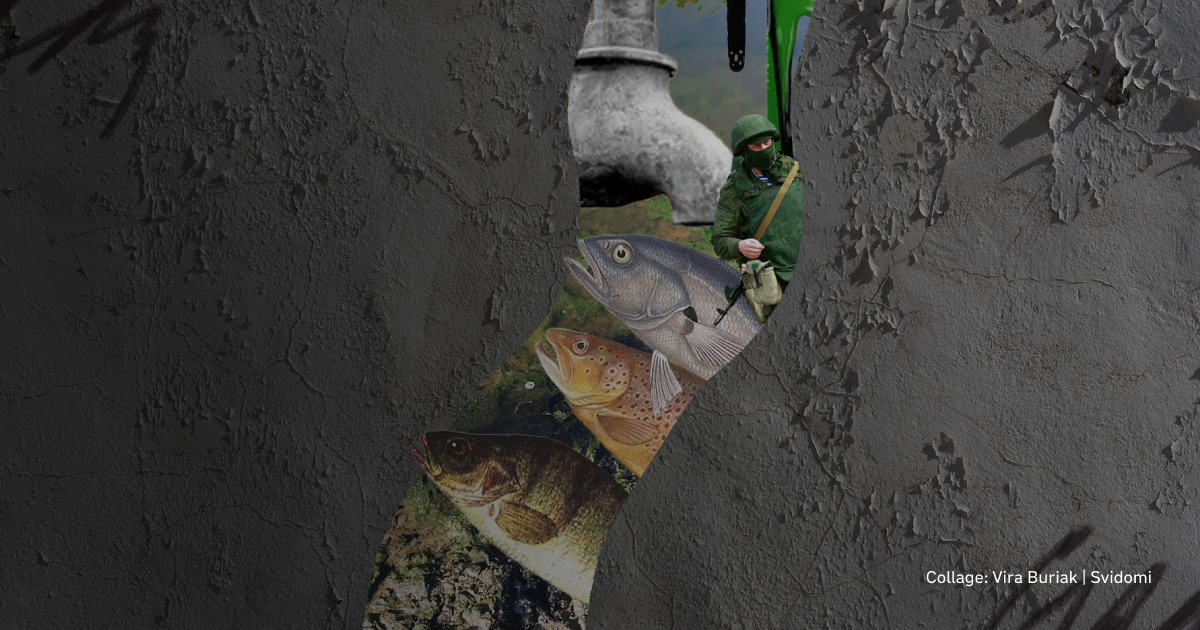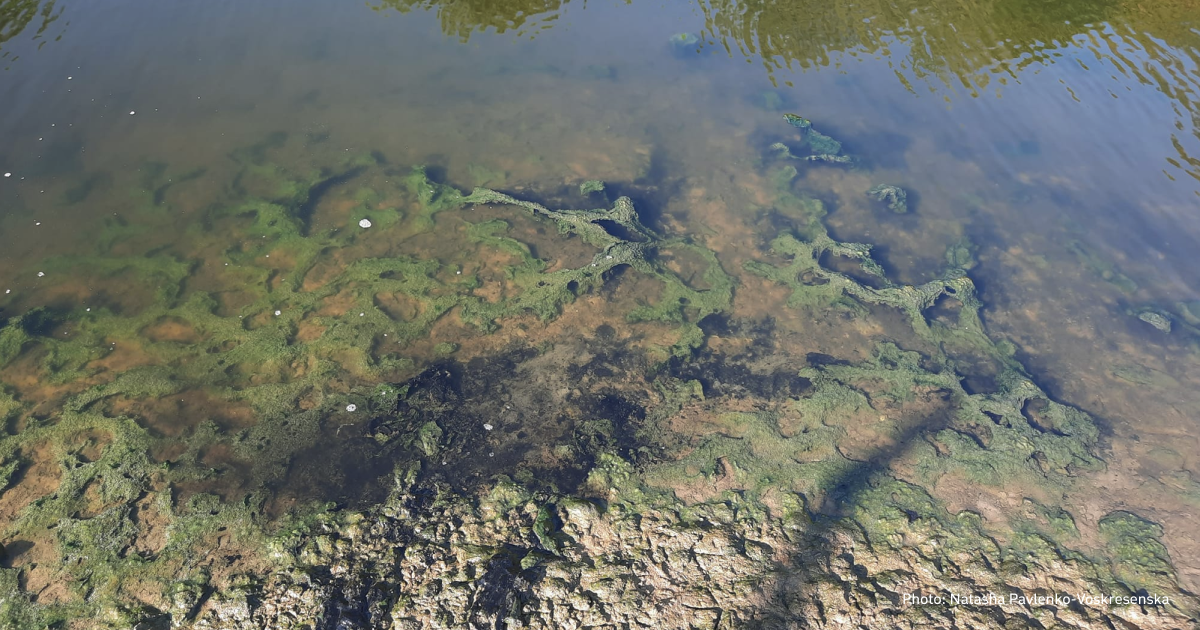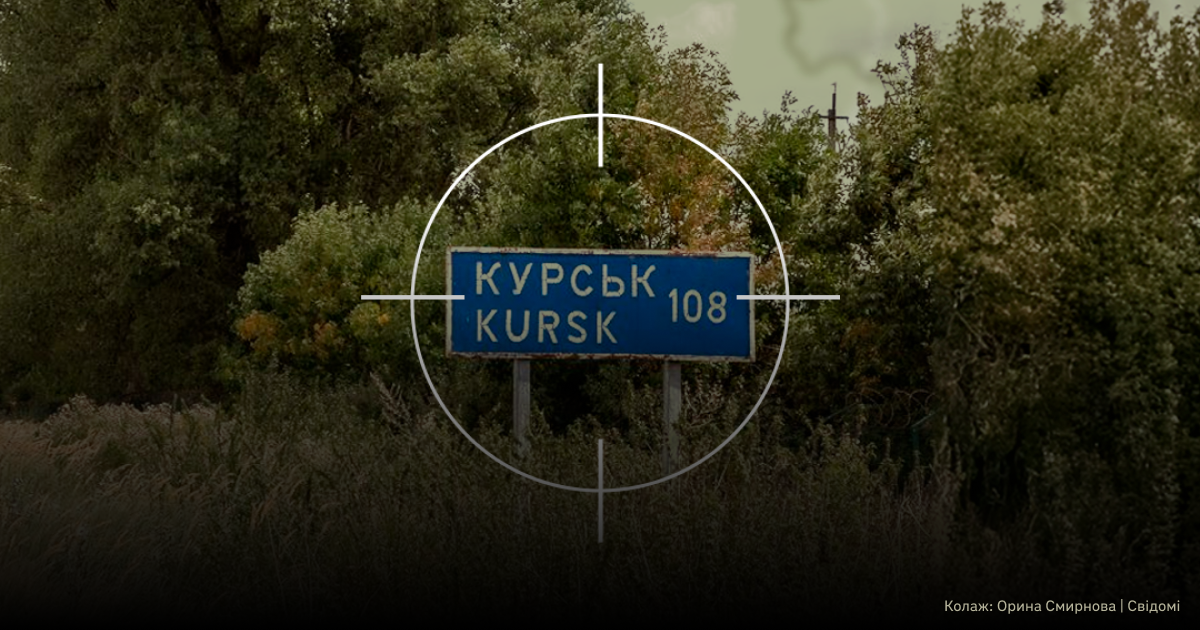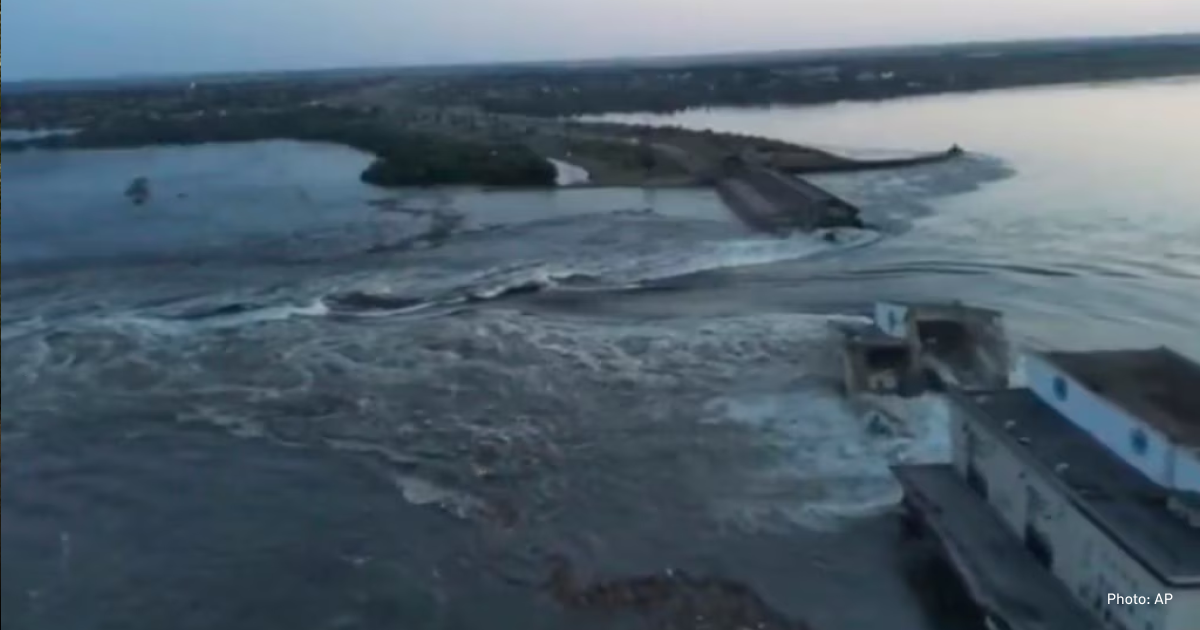"This is an environmental disaster." How Russia Poisoned the Seim River in the North of Ukraine

The Seim River flows through the Belgorod and Kursk regions of Russia and the Sumy and Chernihiv regions of Ukraine. The Seim flows into the Desna River in Ukraine and then into the Dnipro.
In August 2024, large numbers of fish and river animals began to die in the Seim River, making the water unfit for domestic or industrial use. The water contamination coincided with an operation by the Ukrainian Defence Forces in the Kursk region.
Svidomi explains how the Russians poisoned the Seim, what the current environmental situation of the river is, and how it affects water resources in Ukraine.
What happened to the Seim River?
Residents of the Sumy region noticed the deterioration of water quality in the Seim River on August 14. It was followed by a massive fish kill in the river. Local authorities immediately banned fishing, swimming, and taking water from the river for private use. Local and environmental authorities initially suspected chemical contamination of the river. However, after conducting laboratory tests, the State Environmental Inspectorate reported organic contamination.
"A few days before the disaster, when we swam here, as we always did, there was a lot of life. Fish were swimming, hunting and swimming in huge schools that could be seen in the clear water... There were frogs as well as predatory birds flying overhead and herons on the banks... Now it looks like the river is dead," Nataliia Pavlenko-Voskresenska, an eyewitness, described the state of the river on her Facebook page.

The State Ecological Inspectorate told Svidomi how the pollution had spread to the water bodies. First, the water in the Seim River turned brown. On August 26, 2024, the contamination reached the Chernihiv region and the Desna River the next day. The Desna flows into the Dnipro, the largest river in Ukraine, which supplies water to about 60% of Ukrainians.
On August 27, 2024, the State Agency of Fisheries reported that ammonium was the main source of water pollution. Residents of the Sumy and Chernihiv regions living near the Seim River also reported a strong ammonia odour coming from the water.

Ammonium caused a sharp decrease in oxygen in the water. As a result, fish and other river life began to die en masse. The Ministry of Environment reports that about 30 tons of fish died as the pollution flowed from Russia along the Seim and Desna rivers. They could have spawned next spring. In September, about seven tons of dead fish were collected in the Desna over two days. This situation has a long-term impact on the ecological system of the Seim and Desna.
"You see the pike and realize that you won't see the offspring of these fish next year. These were big female fish that gave offspring to our river. So this is a big disaster for the ecology of our city and our region," volunteer Artem told Suspilne during the cleanup on the Desna.
On September 11, Environment Minister Svitlana Hrynchuk said that contaminated water from the Desna could reach the Dnipro as early as September 14. The Kyiv City State Administration reports that treatment facilities are preparing to clean up the river.
On September 17, the Sumy Regional Military Administration informed that the Seim River had been polluted again since September 10. The pollution was caused by the same organic waste.
Is Russia involved in the river poisoning?
Water pollution in the Seim River was noticed about 10 days after the start of the Ukrainian Defence Forces' operation in the Kursk region of the Russian Federation. Therefore, the State Environmental Inspectorate expected chemical pollution of the river, which could have been caused by Russians on their territory.
However, the organic pollution exceeded all the norms and indicated man-made poisoning of the river with ammonium from a certain enterprise. There are no such enterprises in the Sumy region close to the Seim. Therefore, the only option is that the river was poisoned with ammonium from Russia.
The BBC interviewed the State Environmental Inspectorate and the Kyiv Ecological and Cultural Centre. The State Environmental Inspectorate believes that the pollution could have been caused by a sugar plant in the Kursk region. The Kyiv Ecocenter believes that the river was polluted by a leather processing plant in the village of Tyotkino, Kursk region.
The State Agency of Fisheries of Ukraine directly accused the Russians of poisoning the Seim River. The agency claimed an “environmental disaster” and announced the opening of criminal proceedings over the incident.
"The enemy continues to commit environmental crimes. Since August 14, Russian terrorists have allegedly dumped waste of unknown origin into the Seim River, causing large-scale pollution of the water body," the agency's statement reads.
On September 17, when the Seim River was polluted yet again, the Sumy regional military administration also reported that the pollution originated from companies in Russia.

"Today, the enemy is actively using environmental terror as a form of struggle against the Ukrainian people. We are tracing these crimes against our water resources for the second time in a row. After stabilization, the situation on the Seim has deteriorated again,"
said Volodymyr Artiukh, head of the administration.
The State Environmental Inspectorate informed Svidomi that the Konotop District Prosecutor's Office had opened a case on the pollution of the river under Article 242, Part 2 of the Criminal Code on the violation of water protection regulations. However, neither the law enforcement officers nor the State Environmental Inspectorate can identify the exact source of the pollution. It is known only that the pollution came from the territory of the Kursk region. On August 26, the environmental watchdog of the Sumy region reported that border guards had noticed a deterioration of the water near the state border. Therefore, it was assumed that the organic pollution had entered the territory of Russia.
On September 11, the Ministry of Environment issued a statement supposedly claiming that the Seim River had been polluted by a sugar factory in the village of Tyotkino, on the left bank of the river in the Glushkovsky district of the Kursk region, Russia. In addition to exceeding the ammonium standard, the Ministry of the Environment reported that the manganese standard in the water had been exceeded by 2.5 times.
On September 12, this hypothesis was confirmed by the director of the Institute of Hydrobiology, Serhii Afanasiev, and the director of the Ukrainian Hydrometeorological Institute, Volodymyr Osadchyi. Osadchyi said that about 5,700 tons of sugar processing products from the sugar factory in the village of Tyotkino, Kursk Region, had leaked into the water.
"Many of the processed products were in a soluble form (i.e. they were previously dissolved - ed.). As soon as this mass entered the Seim River, it destroyed all the oxygen in just a few hours. That's because one molecule of fructose consumes 12 molecules of oxygen," says Volodymyr Osadchyi, explaining the rapid pollution of the river.
If Russia is indeed involved in the poisoning of the Seim and Desna, this is not the first environmental crime committed by the Russians during the war against Ukraine. In June 2023, the Russians blew up the Kakhovka HPP, which flooded the left bank of the Kherson region. The southern regions of Ukraine lost about 40% of their fresh water.

The Russians occupied the Aaskania-Nova biosphere reserve in 2022. Since then, they have been exporting rare animals from there. However, fires in the reserve, caused by the Russians' negligence, have destroyed the wild steppe.
Will the poisoning of the Seim River affect Ukraine's water system?
In September, aeration systems were installed in the Desna River to artificially fill the water with oxygen. This should speed up the process of cleaning the river. The State Environmental Inspectorate conducts aeration continuously. In the Seim River, the Ministry of Environment planned to absorb toxic substances and install nets to catch dead fish on a massive scale. Aeration of the Seim River was not carried out due to the accumulation of toxic substances at the bottom of the river.
Repeated pollution of the Seim River slowed down water purification. However, the Ministry of Environment of Ukraine still hopes to absorb the toxic substances in the river.
The consequences of this river pollution are long-term. Anna Danyliak, a sustainable agriculture expert for Ecoaction, one of Ukraine's largest environmental NGOs, says that this pollution is not like the usual pollution of water bodies in Ukraine because it has spread over a long distance, and the amount of toxic substances is quite saturated.

“Pollution with elements such as nitrogen and fluorine can greatly affect the overgrowth of this river. In particular, toxic algae such as cyanobacteria will consume this dissolved oxygen. Accordingly, there will be a lack of oxygen for other organisms, such as fish. If such pollution continues, and no proper measures are taken, the river will become overgrown and waterlogged,"
explains Anna Danyliak.
As of September 2024, the water in the Seim and Desna rivers is still unsuitable for bathing or consumption. "However, the Desna can clean itself," says Volodymyr Osadchyi, director of the Ukrainian Hydrometeorological Institute. In his words, the Desna can saturate itself with oxygen. Serhii Afanasiev, director of the Institute of Hydrobiology, estimated that it would take 2-3 years to restore the biodiversity and biological resources of the Seim and Desna rivers.
Although Russia caused the environmental disaster of the Seim River, Ukraine has repeatedly faced massive river pollution due to improper management practices. Anna Danyliak says Ukraine should change the standards for nitrate pollution of rivers. This concerns, in particular, adapting the so-called EU Nitrate Directive in this direction.
"This directive has brought positive changes for EU member states. Pollution with nitrates, ammonium and other nutrients has decreased in some rivers, including several measures to reduce the leaching of nutrients from fertilizers. For example, the creation of buffer zones and perennial plantings near water bodies. These create an absorption buffer. In case of excess nutrients or leaching of fertilizers, these plantations will absorb all these substances and fertilizers and prevent them from entering the water," says Anna Danyliak about the changing approach to water protection in Ukraine.
Of course, active hostilities pose a problem not only in terms of constant monitoring of water conditions and measures to preserve the reservoir. On the government-controlled territory, Ukraine must now change its approach to freshwater conservation. Especially when Russia is threatening not only Ukraine's population but also its environment.


